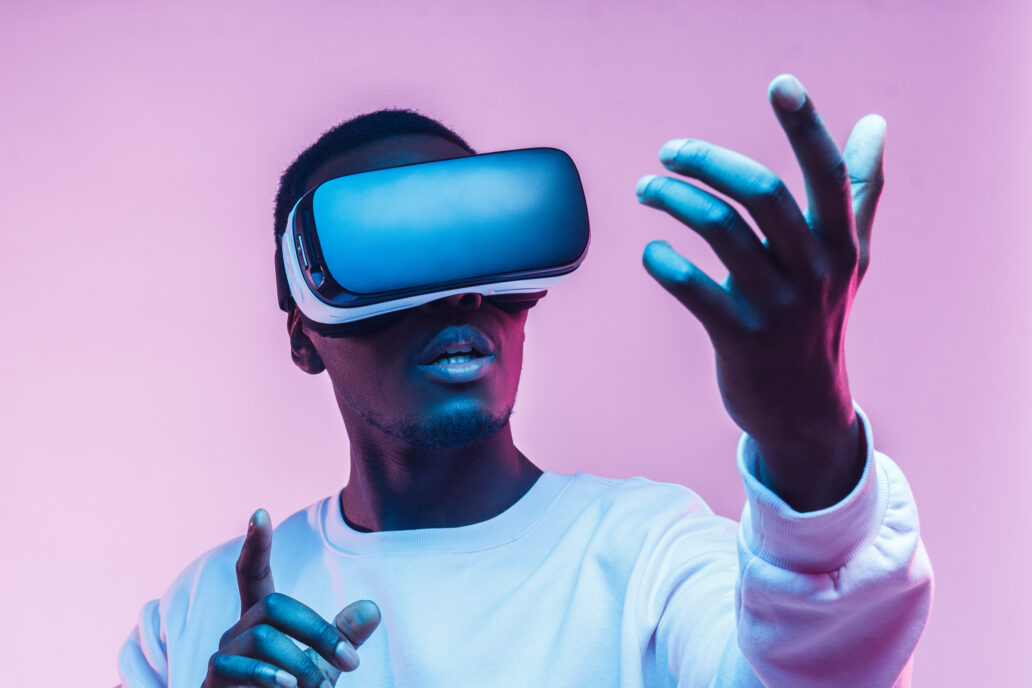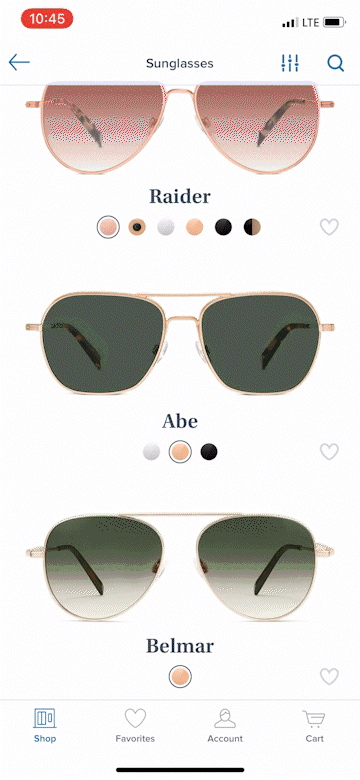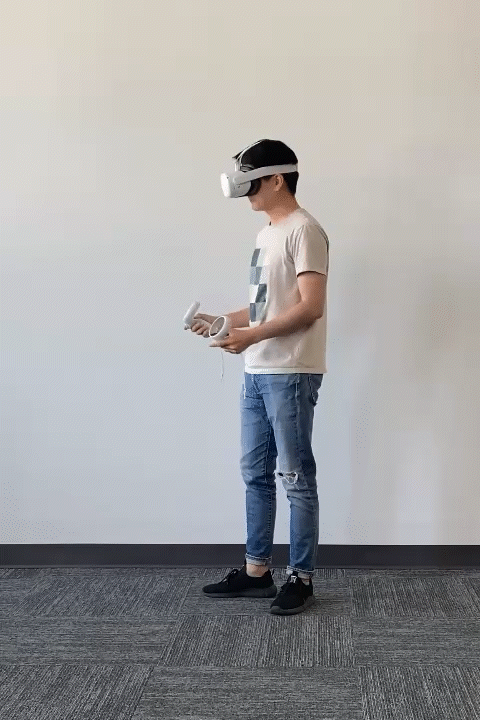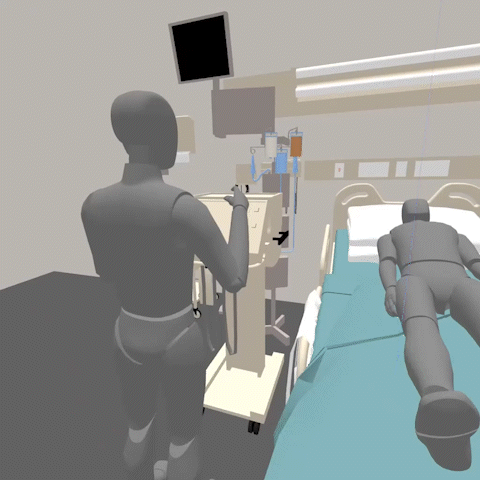
XR is about to Revolutionize Medical Device Design
Extended Reality (XR) is going to fundamentally shift how medical devices are researched, designed, and promoted. In this post, we’ll discuss how XR changes the future of medical device development and the benefits of employing XR. But first, let’s clarify what XR is and why now is the time to pay attention to it.
Long ago, Virtual Reality was hyped as the next disruptor technology. Up until this point, it has failed the hype. However, with recent advancements in software and cheaper headsets, this is about to change. There now exists a spectrum of real-to-virtual combined environments that are more accessible.
The umbrella term for this spectrum is known as Extended Reality (XR). If you have not heard of Extended Reality, you’ve probably already encountered it. Perhaps while shopping online for sunglasses, you take advantage of the option to ‘virtually’ try them on. This is an example of Augmented Reality (AR) projection. It is one of the most popular forms of XR that we experience today. It maps virtual objects onto real-world environments in real time.
Another example of XR is wearable devices like Meta Quest (formerly Oculus Quest) that immerse you into a virtual environment. This is Virtual Reality (VR). Less common is Mixed Reality (MR). Think of MR as a hybrid of VR and AR. It’s an immersive experience like VR but it maps virtual objects onto real-world environments like AR. MR is still in development, but has an exciting future.


VR/AR in Medical Device Design process:
Empathy through VR simulation
When developing a medical device, it is essential to understand the problems users face so the design can address those pain points. Typically, this is researched using Observation, Contextual research and Key Opinion Leader (KOL) interviews. Designers must exercise empathy to uncover areas of opportunity to improve user experience. Listening and observation can take you a certain distance but there is nothing like having firsthand experience.
With VR, experiences can be custom made to simulate what it’s like to live with limited vision, hearing, mobility, height challenges and more. For example, a project called “We are Alfred” was created as a VR experience where users can explore what it’s like to be Alfred, a man living with vision impairment and hearing loss.
VR experiences like this have the potential to give designers, engineers and other stakeholders firsthand experience of what it’s like to virtually walk in their patient’s shoes so appropriate solutions can be generated.
Contextual Research through VR simulation
A major challenge in designing medical devices is understanding the context around the device being designed. No product exists on its own. Medical rooms are busy places; filled with different types of equipment and people performing different roles. During product development, it is difficult to picture how a yet-to-be designed device might interact with the use environment, especially if that environment is not understood or takes place in a hospital far from where the product is being designed.
Simulating a use environment in VR can give insight into the interaction of people and equipment, helping your product integrate smoothly into the context. When this type of contextual research is done early on, it can reduce usability risk.
Benefits of generating a VR use environment

Expediency. The digital VR environment doesn’t have real world constraints like logistics and procurement.
Cost. Attempting to recreate the use environment in the real-world for the purpose of aiding design development is expensive due to the complexity and cost of devices.
Real Life Scale. Since the virtual environment is at 1:1 scale, you can walk around and experience the context as you would in real life. Experiencing an environment at 1:1 scale is much better than watching a video because you feel like you are actually there. It is incomparable.
Later in the process, when developing concepts, designers and engineers can bring CAD concepts into the VR use environment. This has proven to be valuable for designers at StarFish Medical. In a conventional design process, designers mock up a 1:1 scale model of a CAD concept to evaluate if its size is appropriate. VR expedites the process. Simply place the CAD model into VR and its scale can be evaluated. It’s also useful to determine and evaluate placement, location and height of accessories like monitors and controls.
We should make clear that VR will not replace physical testing like Formative Testing and physical prototypes. VR can help view initial concepts at scale so gross errors can be seen and corrected early on. There is a saying: Prototype early and often. We imagine that VR will become part of this process for testing concepts early and quickly.
Augmented Reality projection – where virtual and real-world meet
AR is a great tool to help understand what the scale of a virtual object will look like in a real-world environment. This enables multiple applications that extend well beyond medical device development and into the lifecycle of the product. Let’s look at a few of them.
One very practical application of AR is helping clients verify if a prototype will fit in their showroom or other interior space. This may not sound glamourous but it’s very practical when transporting large scale prototypes. With the help of AR, the scale of the design is quickly communicated. Clients can download the 3D model and virtually place it in the desired location to test the interior space.
This could also be used when selling a device. Potential customers could download the 3D model, see it projected in their treatment room and experience the device in in their use environment.
Once the device is produced and in use, AR can be used as a global training tool for service technicians, equipment service and support team members. Hybrid Medical Animation developed this AR app (figure X) for one of their medical clients. It provides anyone interacting with the device an understanding and training of the whole assembly in 3D before seeing the device in real life.
Pitch and promote a medical device with VR simulation
Whether pitching to investors or selling at a tradeshow, showing the design of a device is essential for closing the deal. People buy into what they can see. Conventional options like realistic renderings are great for communicating the aesthetic, but they don’t show the scale or entire form in 3D. Physical prototypes solve this limitation, but they are expensive to produce and transport. VR offers a new and exciting way to help pitch your product design in immersive 3D at 1:1 scale.
Extended Reality offers many exciting opportunities to enhance how medical devices are researched, designed, promoted and serviced. This post illustrates some of the ways XR can improve medical device development so that designers can take advantage of how medical devices are researched, designed, and promoted in near future.
Morna Gamblin is an Industrial Designer at Starfish Medical who holds a Bachelors of Industrial Design with Honors from Humber College. She has 14 years of experience working in consumer product design. Morna has taught a variety of courses in Industrial Design at the college level and enjoys making videos for her youTube channel called Design plus Morna. She is currently on the board of ACIDO (Association of Chartered Industrial Designers of Ontario) where she is the Membership Director.
Sunghyun Lee is a Junior Industrial Designer at Starfish Medical. Sunghyun studied Industrial Design at Carleton University and is interested in adopting new technology to help answer design problems more effectively.
Images: StarFish Medical